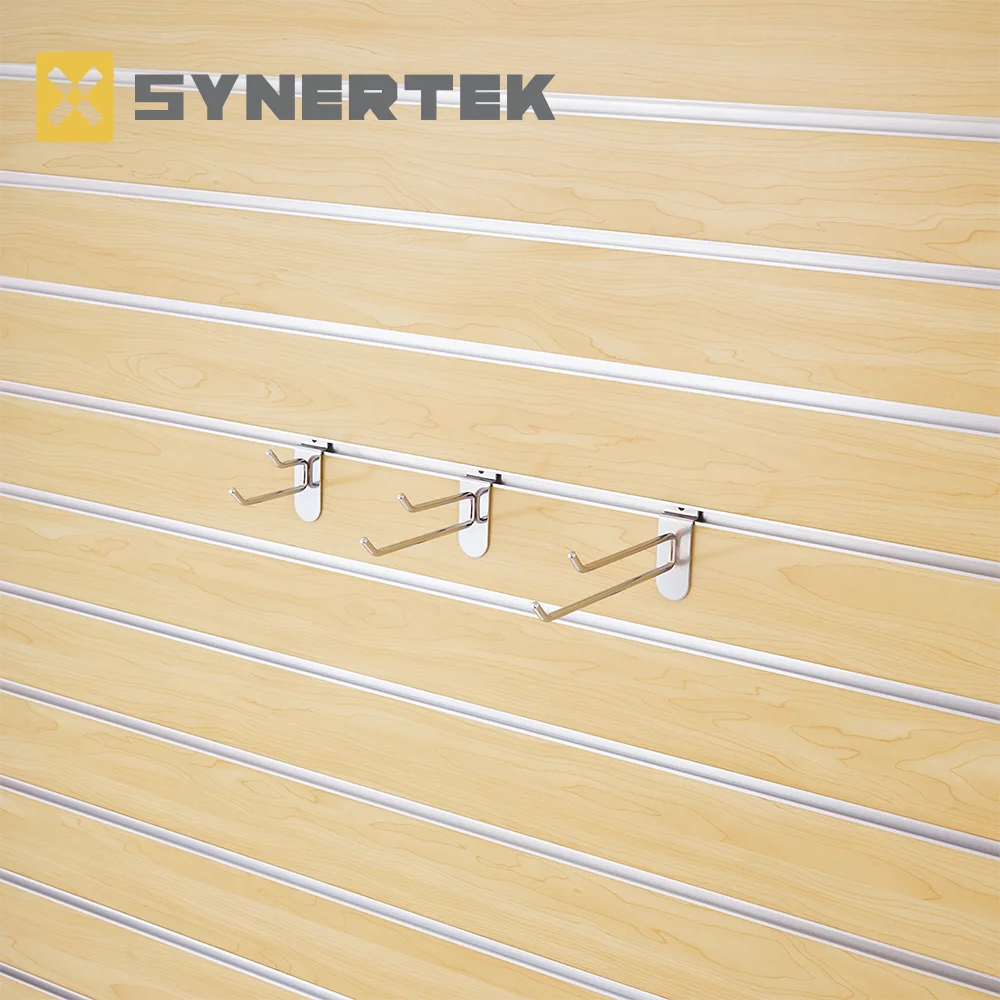Building a house is a significant investment, and choosing the right materials is crucial for its longevity and structural integrity. In this blog post, we delve into the realm of construction materials to uncover the strongest contenders for building houses. From traditional options to cutting-edge innovations, we explore their properties, advantages, and potential applications. Join us on this journey to discover the ultimate fortress materials that can withstand the test of time.
- Reinforced Concrete: The Time-Tested Titan
Reinforced concrete has been a staple in construction for decades, known for its exceptional strength and durability. Composed of concrete fortified with steel reinforcement, this material offers excellent resistance to compression and tension forces. Its versatility and cost-effectiveness make it a popular choice for constructing sturdy foundations, walls, and floors. - Steel: The Resilient Backbone
Steel is renowned for its unmatched strength-to-weight ratio, making it an ideal material for constructing houses. Its high tensile strength and resistance to corrosion and fire make it a reliable choice for structural components like beams, columns, and frames. Additionally, steel's flexibility allows for innovative architectural designs and efficient construction processes. - Cross-Laminated Timber: Nature's Hidden Gem
Cross-laminated timber (CLT) is an emerging sustainable material that combines the strength of wood with modern engineering techniques. Constructed by layering and gluing multiple timber boards at right angles, CLT offers exceptional strength, stability, and fire resistance. This renewable material is gaining popularity for its eco-friendly attributes, aesthetic appeal, and ease of construction. - Fiber-Reinforced Polymers: The Lightweight Powerhouses
Fiber-reinforced polymers (FRPs) are composite materials that consist of a polymer matrix reinforced with fibers such as carbon, glass, or aramid. These materials possess remarkable strength-to-weight ratios, surpassing traditional construction materials. FRPs find applications in various structural elements, including walls, beams, and columns, offering excellent resistance to corrosion, impact, and fatigue. - Graphene: The Revolutionary Wonder
As we venture into the realm of futuristic materials, graphene stands out as a potential game-changer. This single layer of carbon atoms arranged in a hexagonal lattice possesses extraordinary strength, flexibility, and electrical conductivity. Although still in the experimental stage, researchers envision graphene-based composites revolutionizing the construction industry with their exceptional mechanical properties and potential for energy-efficient designs.
Conclusion:
Choosing the strongest material to build a house involves considering various factors such as strength, durability, cost, and sustainability. Reinforced concrete and steel have long been the go-to options, offering reliability and versatility. However, emerging materials like cross-laminated timber, fiber-reinforced polymers, and graphene composites present exciting possibilities for the future of construction. By staying informed about these materials' advancements, architects, engineers, and homeowners can make informed decisions to create resilient, sustainable, and innovative homes.






+ There are no comments
Add yours